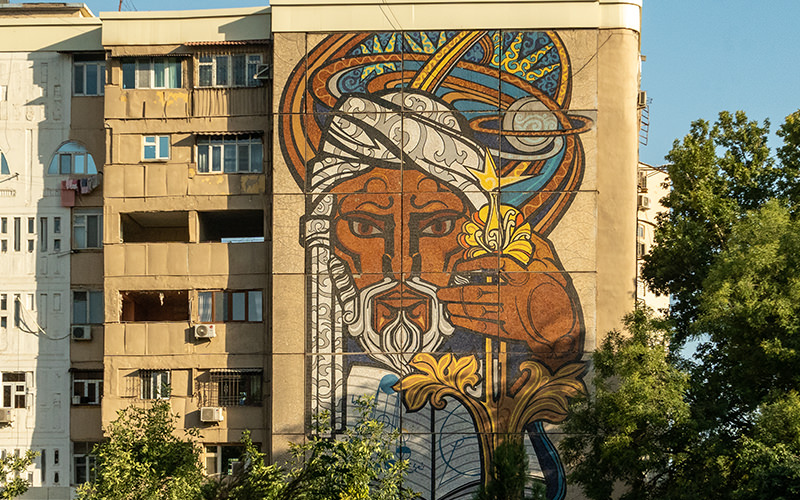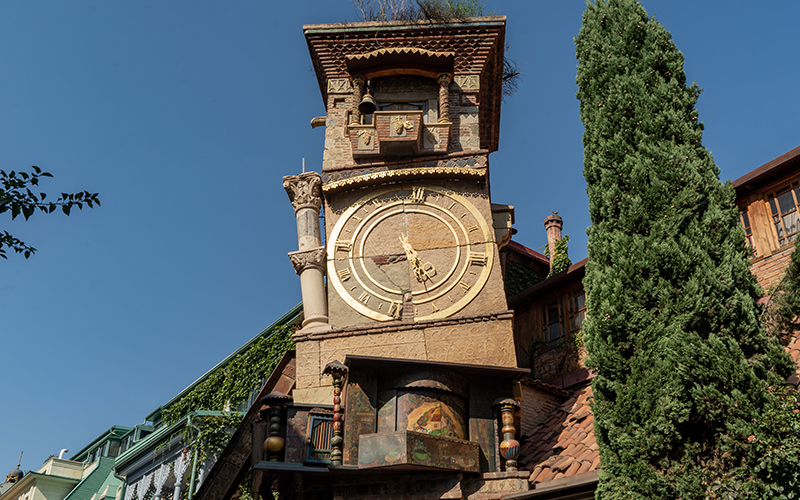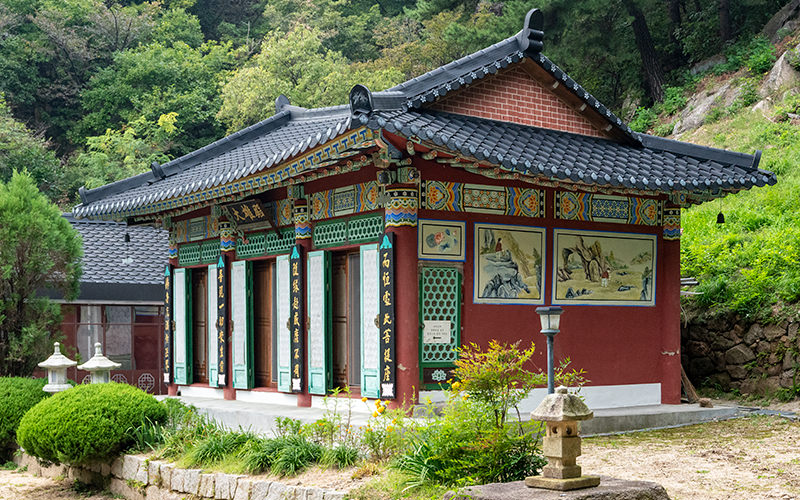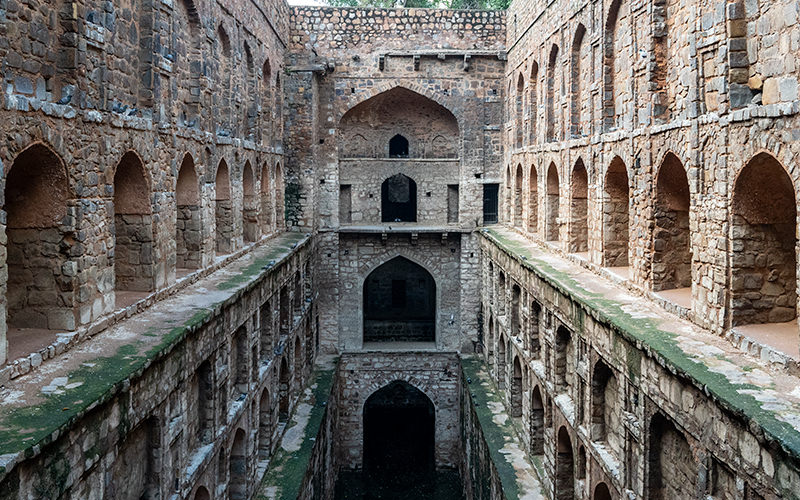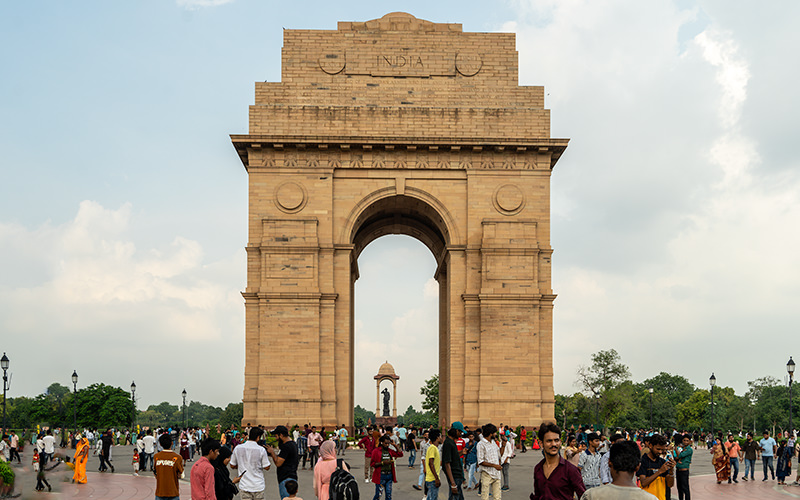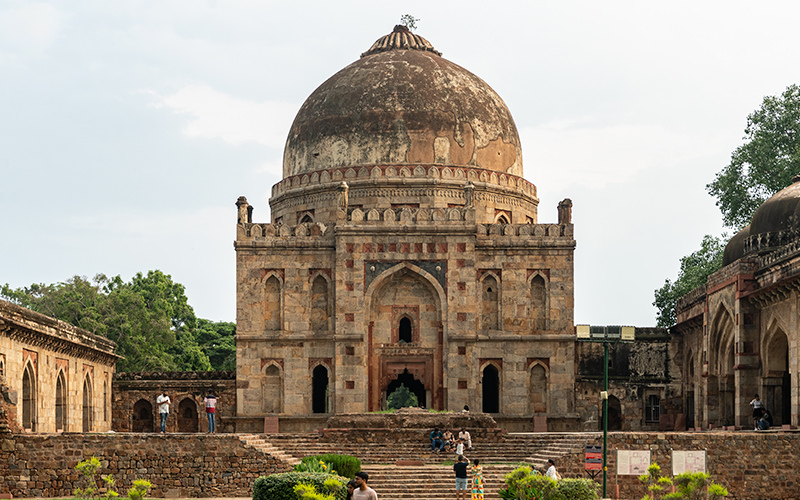Visiting the Jama Masjid in Delhi wasn’t part of my plans during my trip to India, but it turned out that the Red Fort, my intended destination that day, was closed for renovation. So, I decided to explore another nearby attraction—Jama Masjid, which is located just a 15-minute walk from the fort.

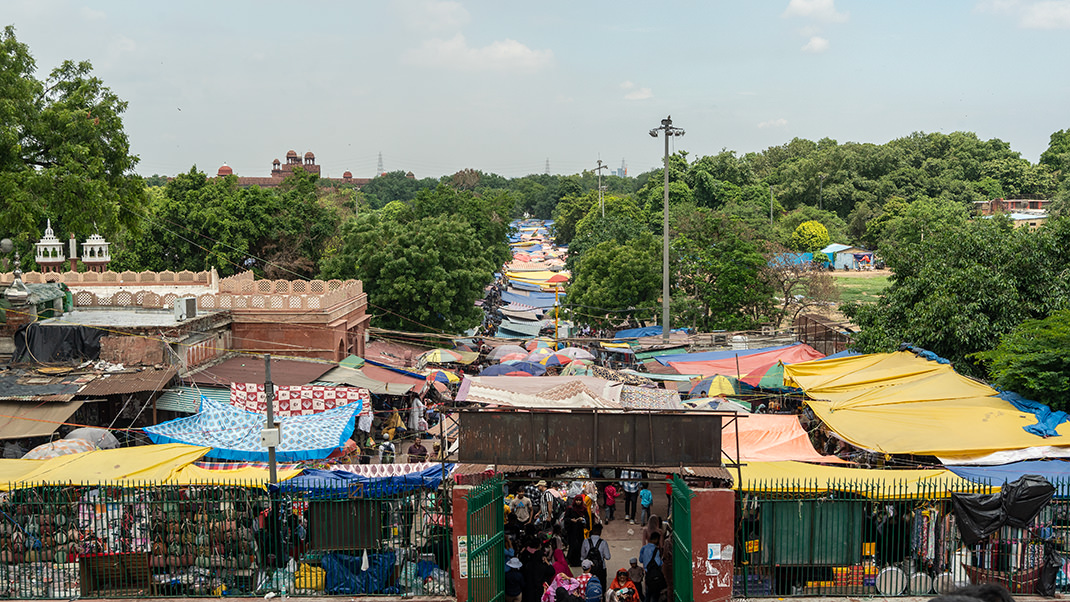
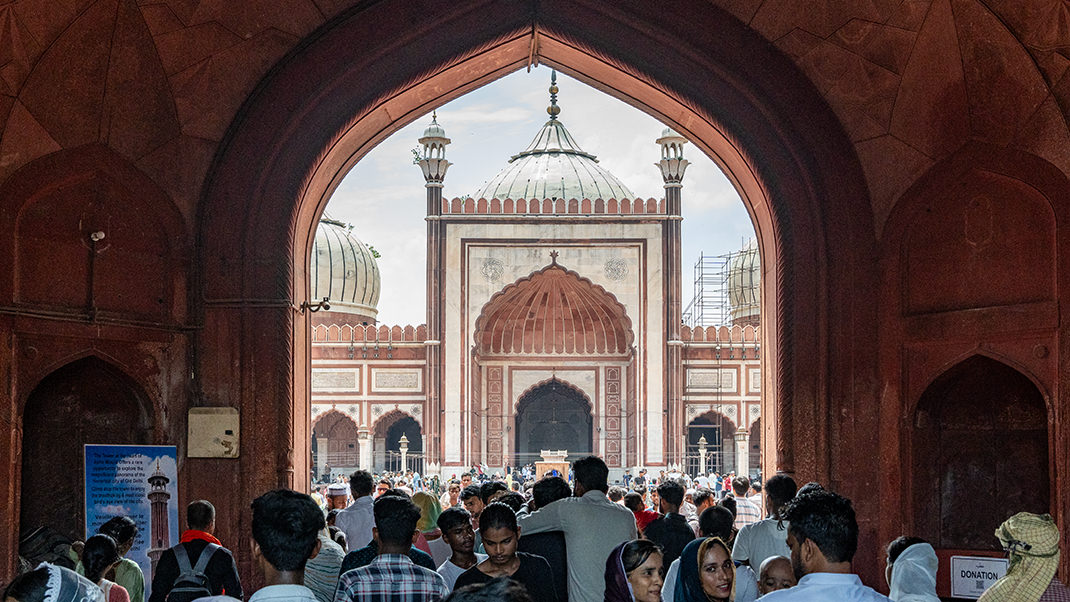
Exploring the Complex
The construction of Delhi’s Jama Masjid took place between 1644 and 1658 during the reign of Shah Jahan, the ruler of the Mughal Empire. Shah Jahan is famously known as the patron of the world-renowned Taj Mahal.
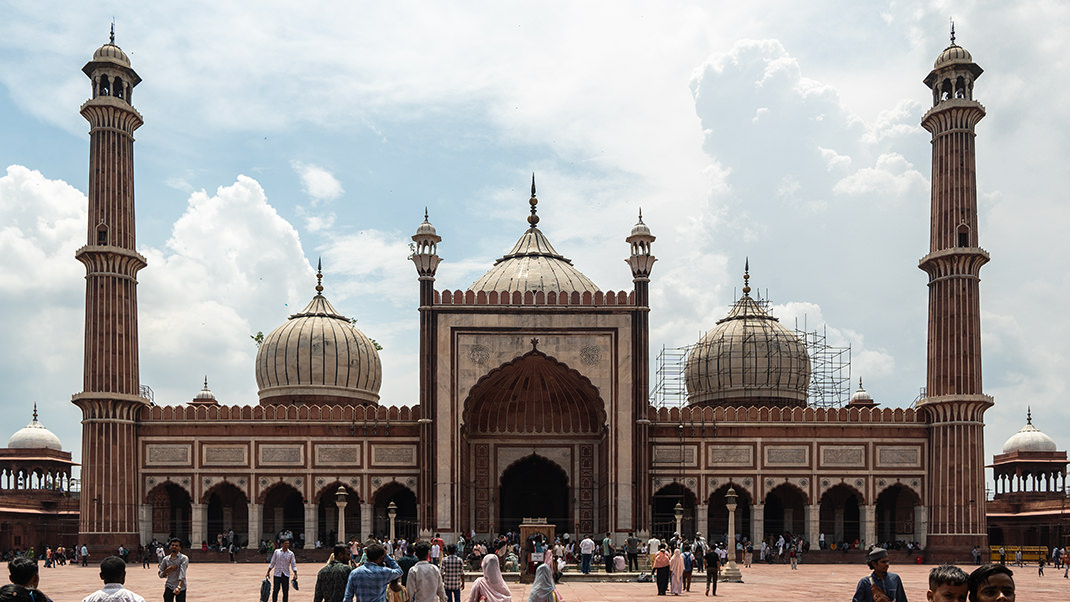
The mosque complex has three entrances, with the main one located on the eastern side. The mosque’s inner courtyard can accommodate up to 25,000 people. This area is surrounded by a wall with four towers and two 40-meter-high minarets. The mosque’s facade is decorated with alternating stripes of red sandstone and white marble.
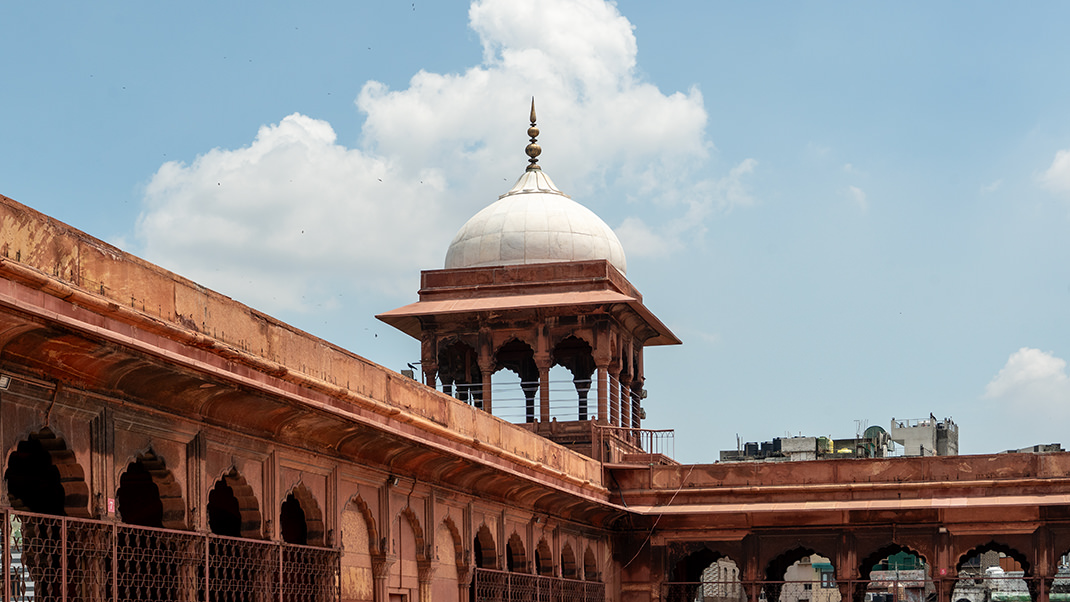
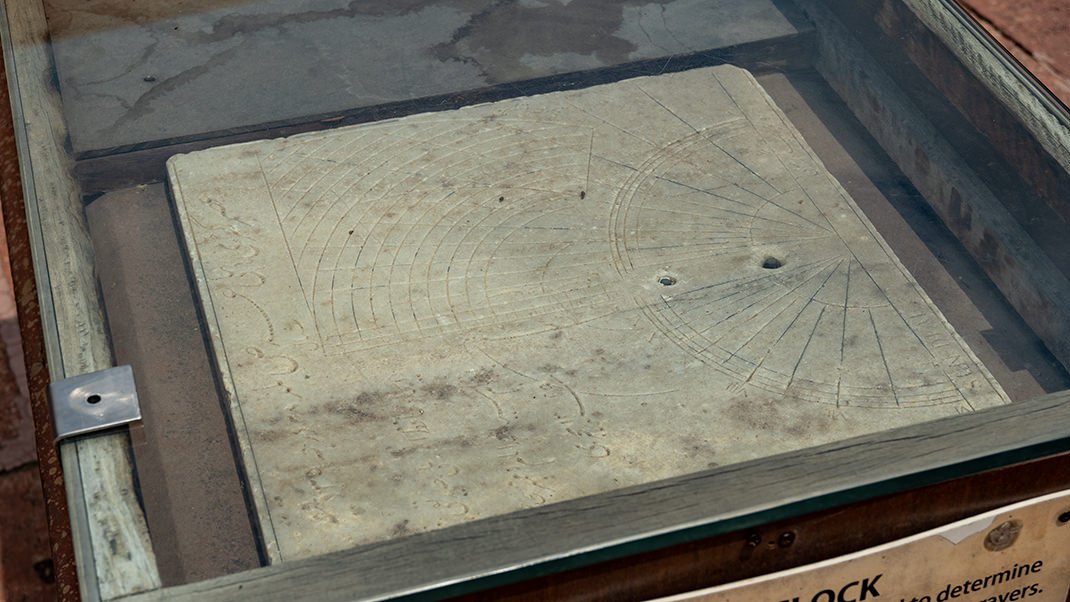

Visitors can enter the courtyard, peek inside the main building, and climb up to the viewing platform on one of the minarets. Tourists say that the view of the city from there is quite impressive, but I chose not to climb up.
Delhi's Jama Masjid: How to Get There
The Jama Masjid metro station on the Violet Line is just a three-minute walk from the mosque. You can get there directly or start your exploration of this area from the Red Fort, which was only closed until August 16, 2024.
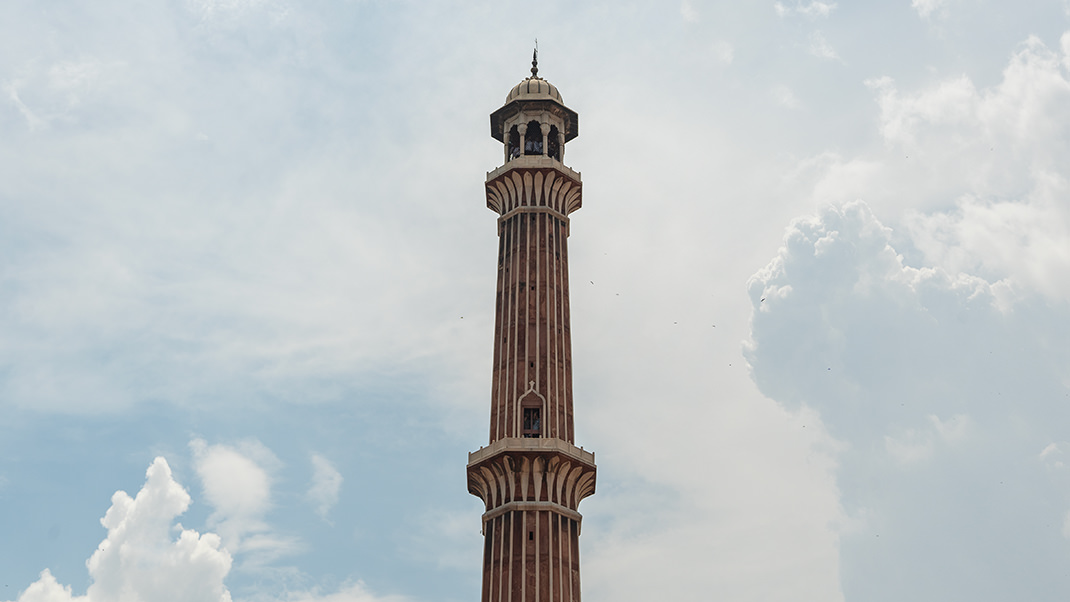
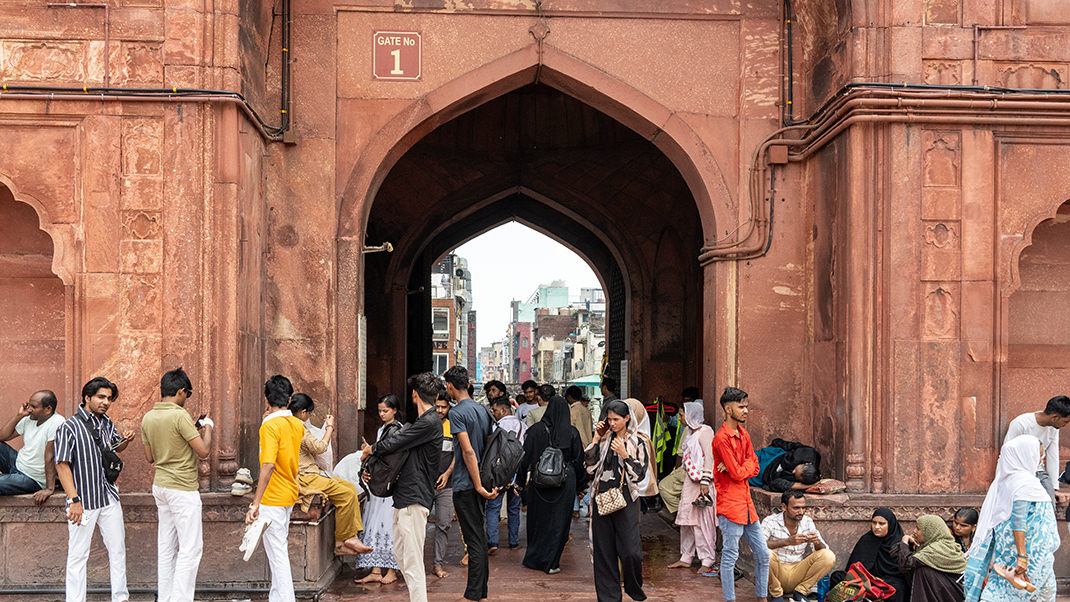
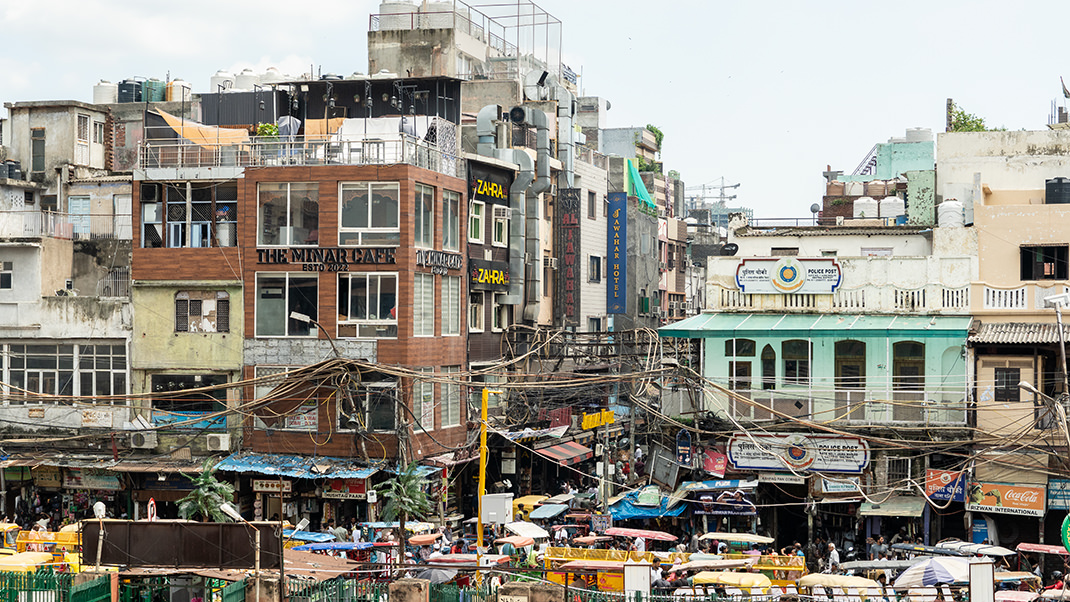
If you travel by metro, you’ll have to pass through a market on your way to the mosque. The market sells clothes, souvenirs, and food, but I wouldn’t recommend eating there if you’re not used to such places.
Online sources say that entry to the mosque used to be free, with tourists charged 300 rupees for photography. Now, a sign near the entrance states that the fee for all tourists is still 300 rupees (summer 2024). I was also charged an additional 100 rupees for a cover-up since I was wearing shorts. They don’t accept cards; entry can only be paid for in cash.
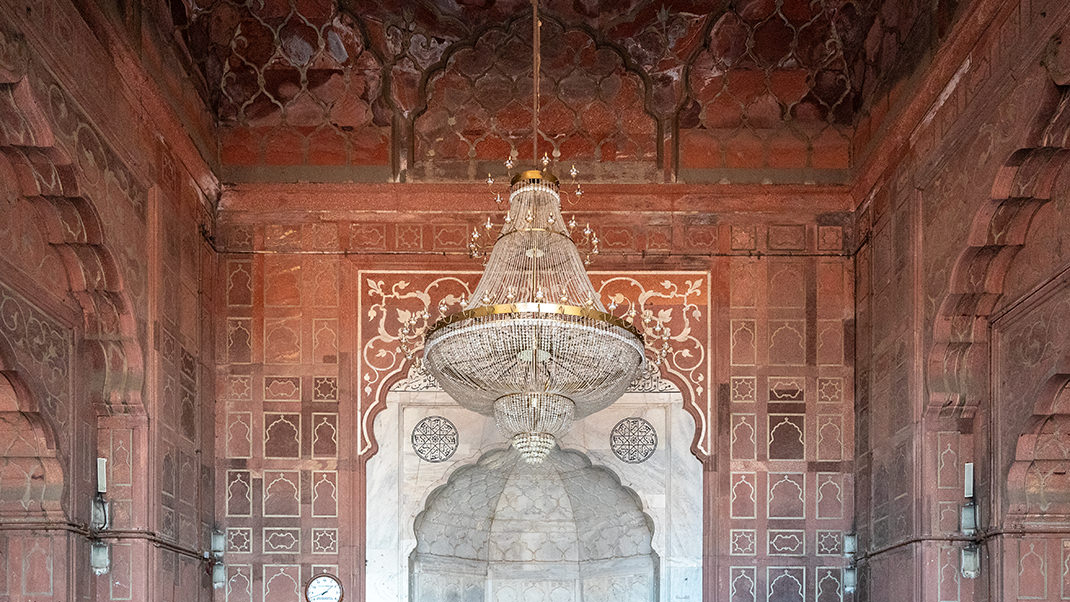
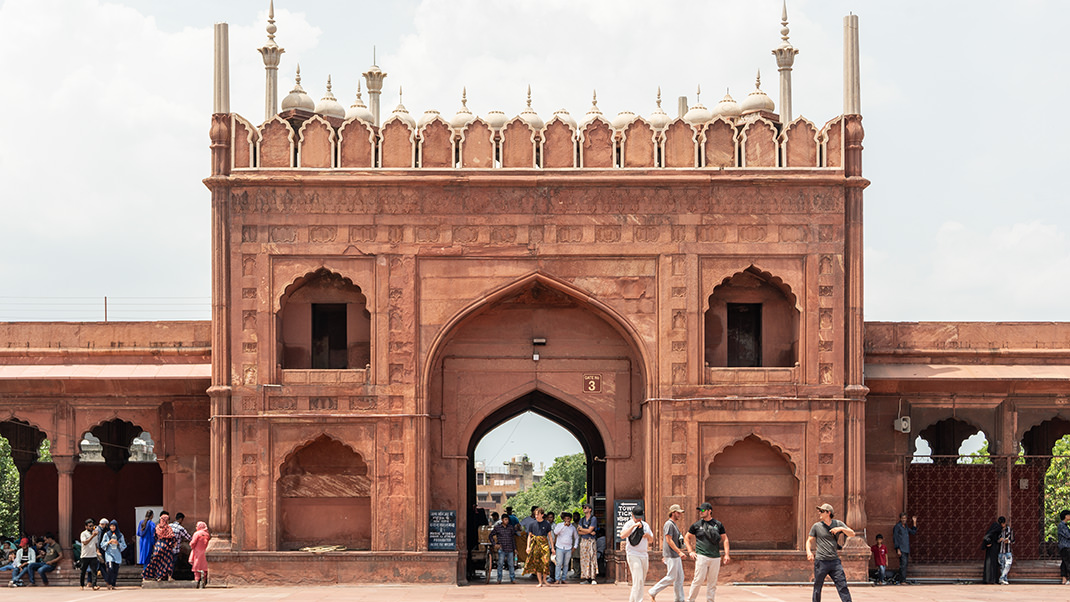

Before entering the complex, visitors are required to remove their shoes. In sunny weather, the stone floor of the courtyard heats up to the point where walking on it can be difficult. The steps at the entrance are regularly watered, and inside, it’s better to walk on shaded areas.
In a previous article about India’s Golden Triangle, I mentioned how locals often ask tourists to take photos together. For some reason, these requests were more frequent here at Jama Masjid than in any other place in Delhi or other cities.
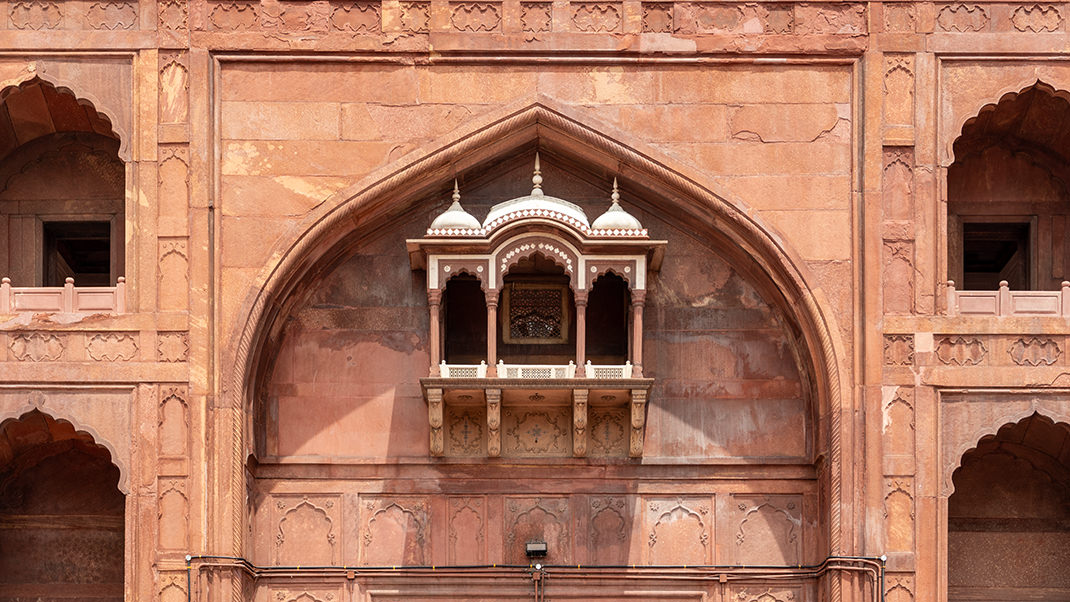
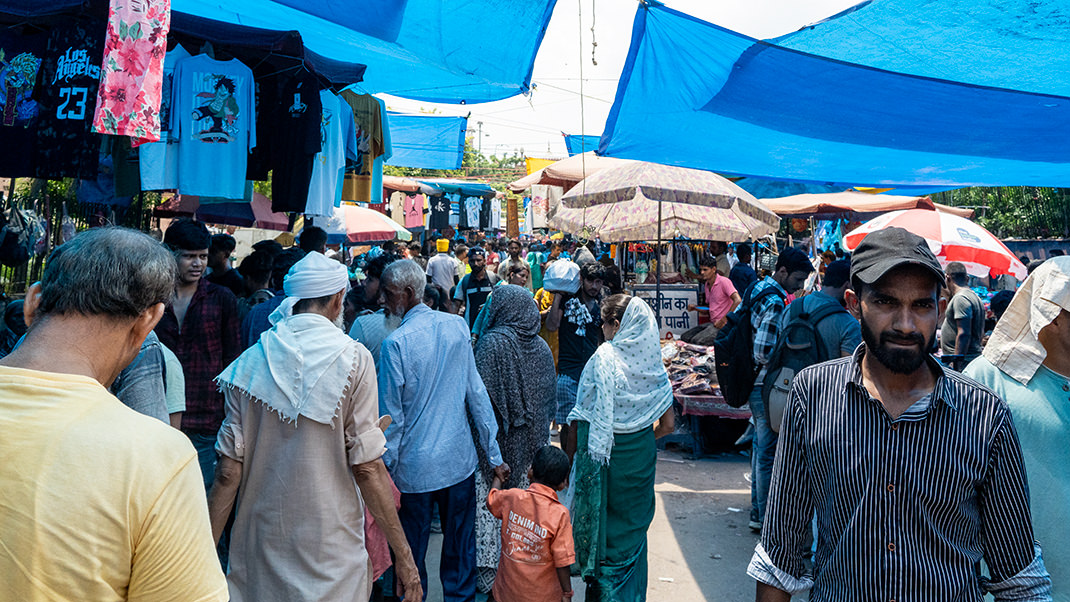
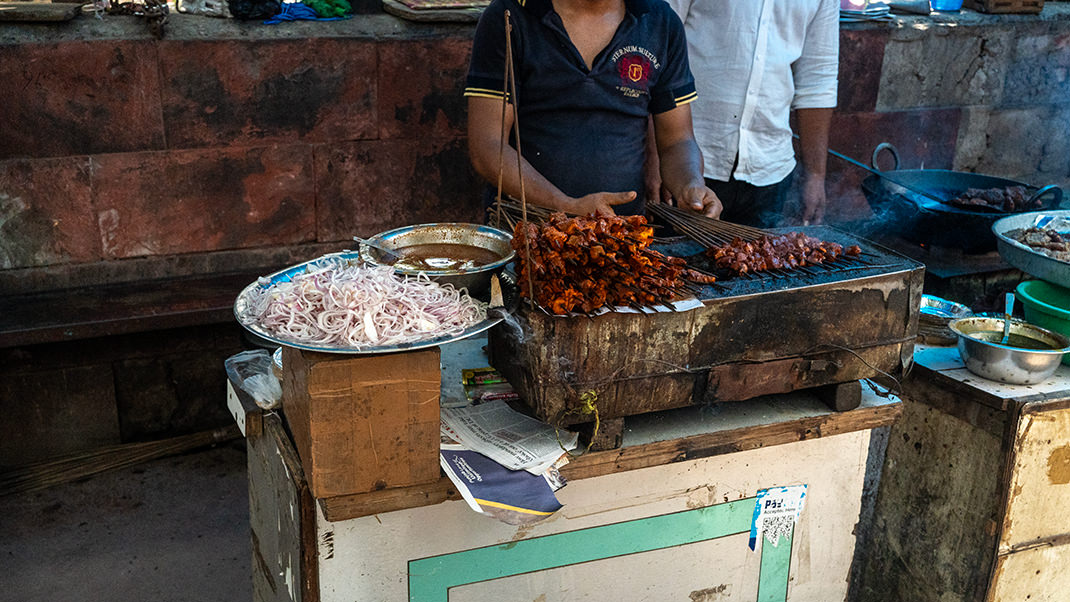
Next time, we’ll explore Agrasen Ki Baoli, an unusual stepwell in central New Delhi.
Have a nice trip!


